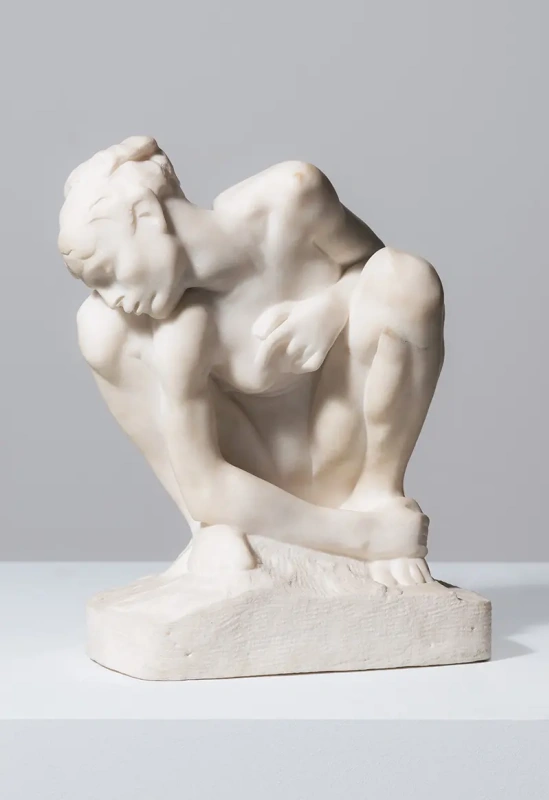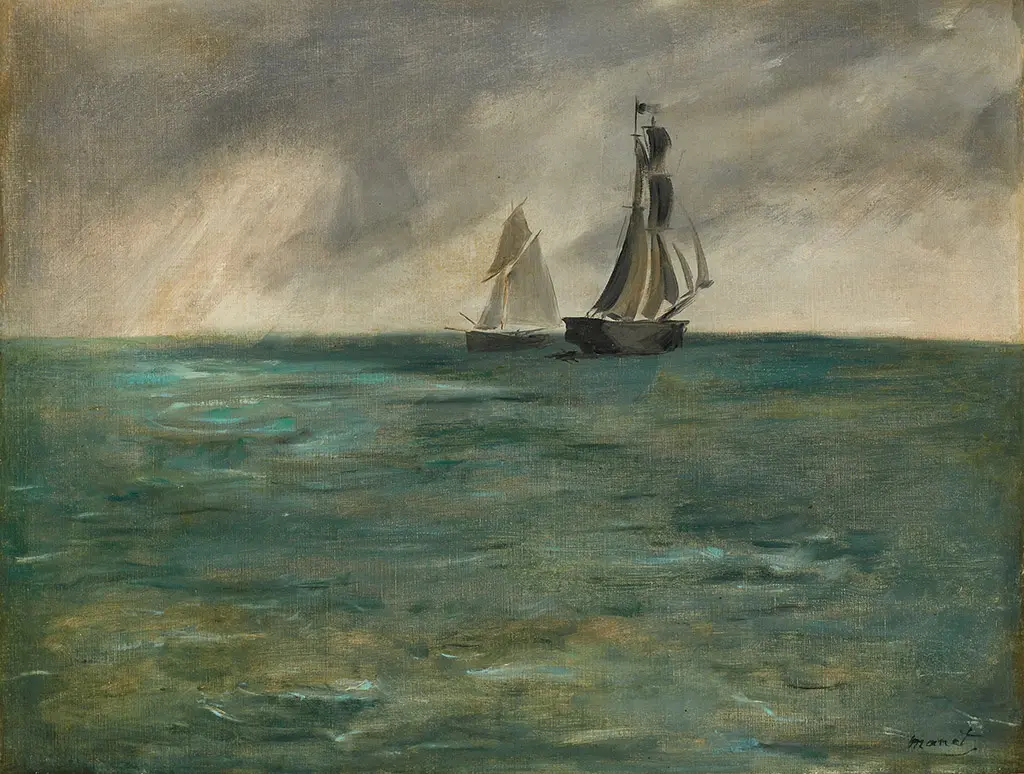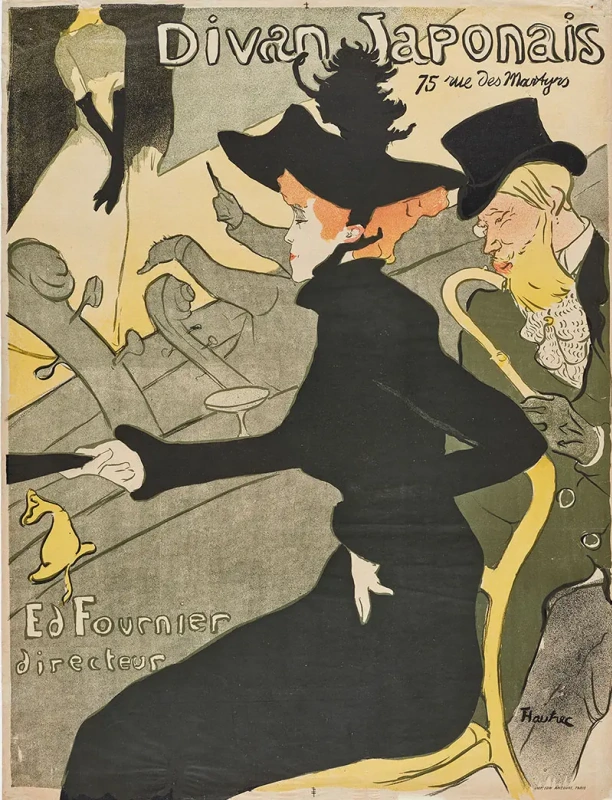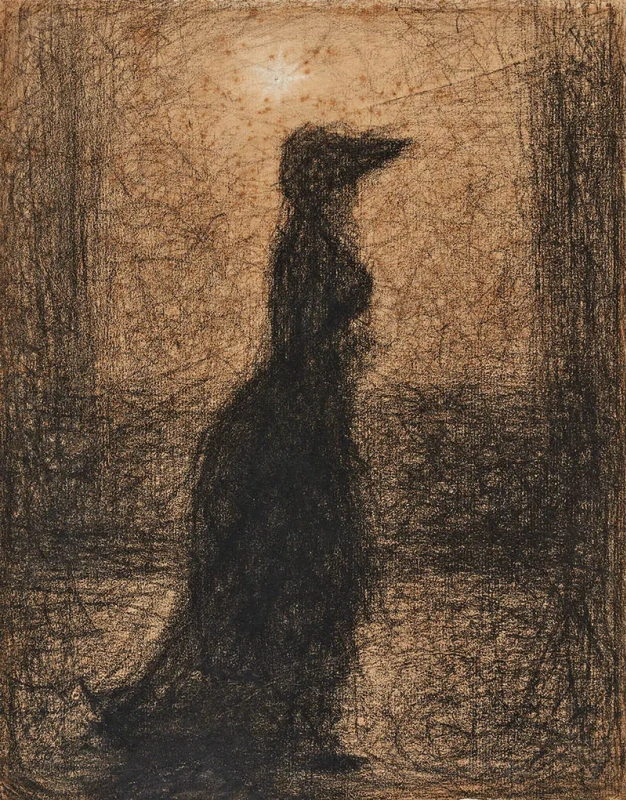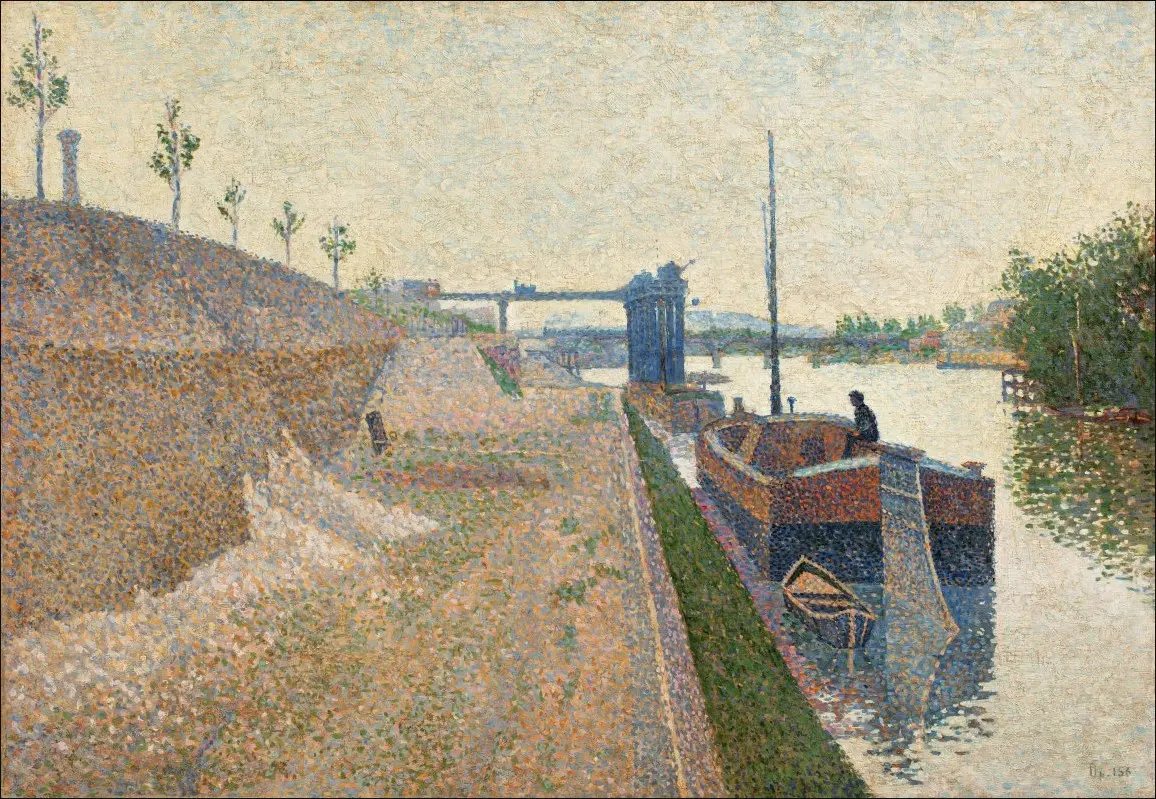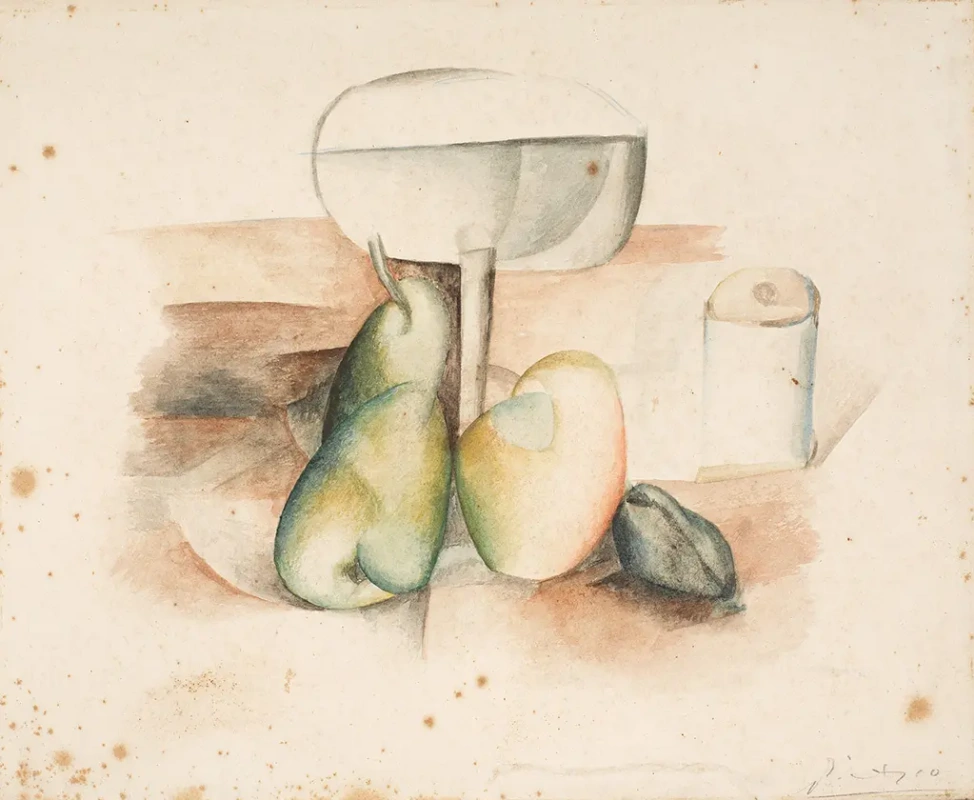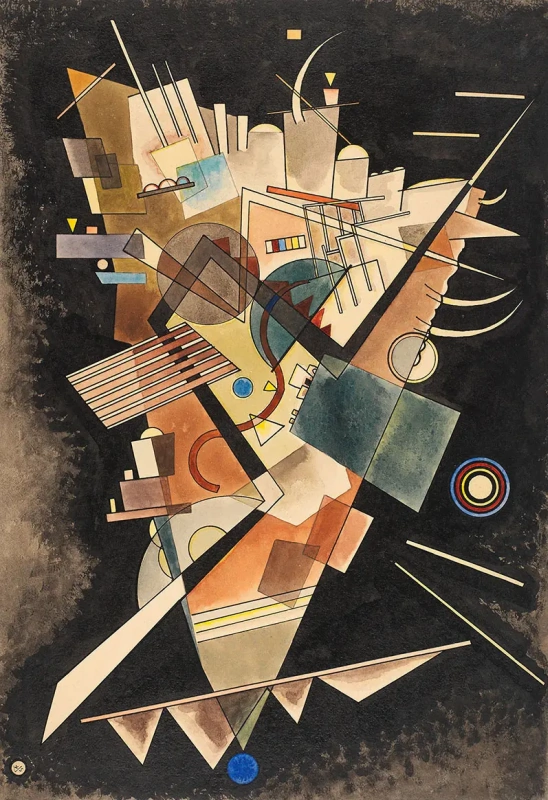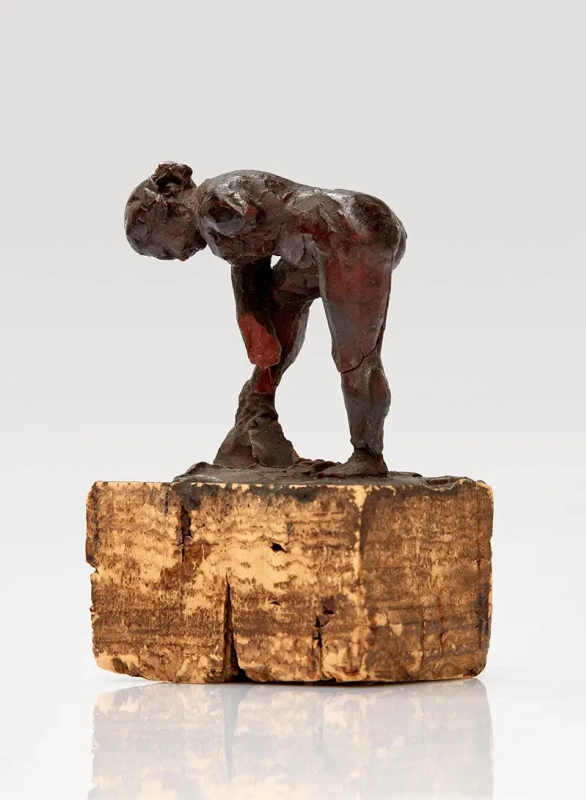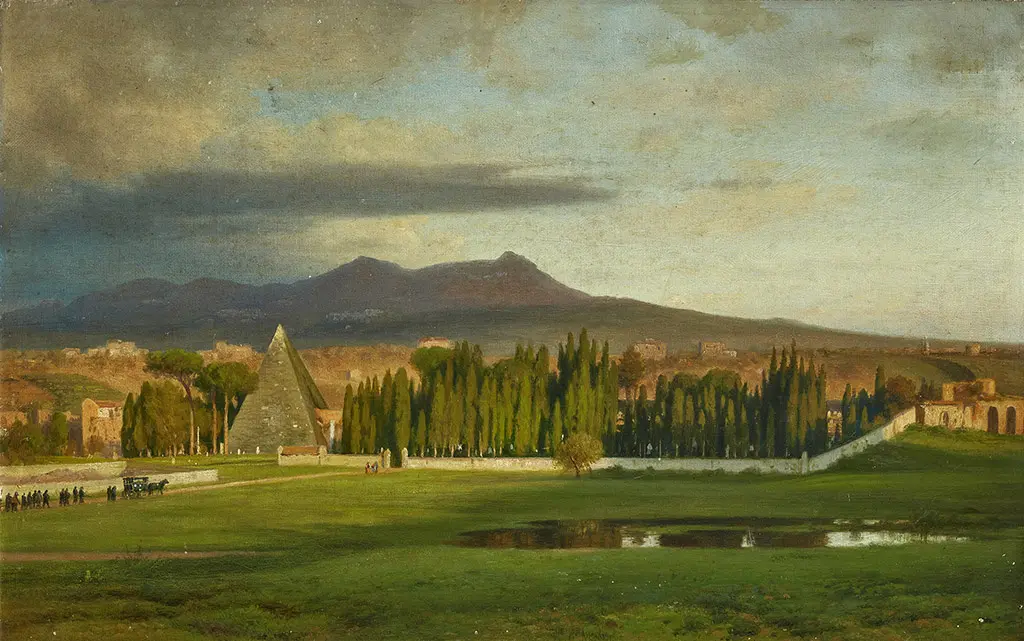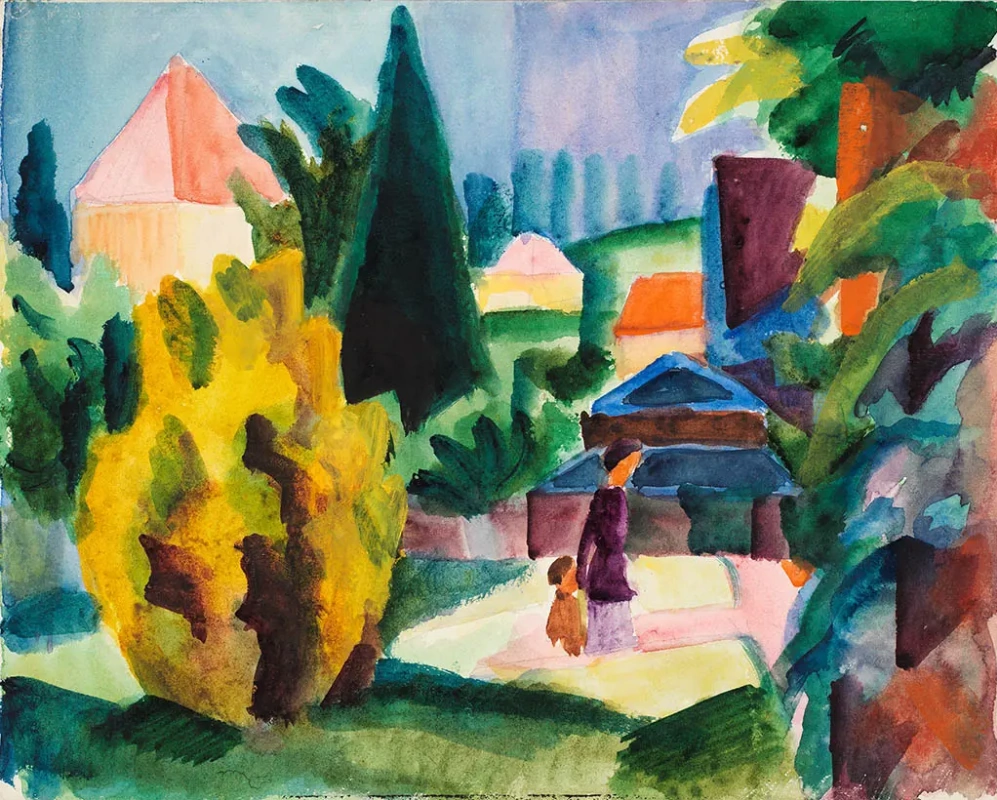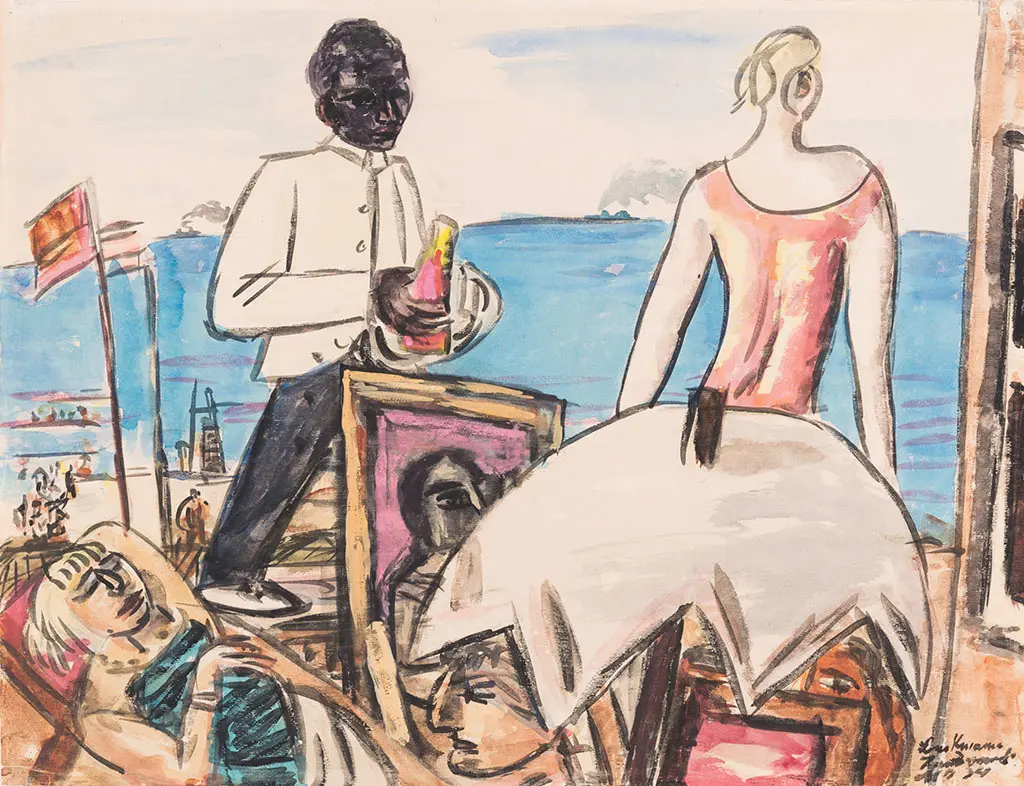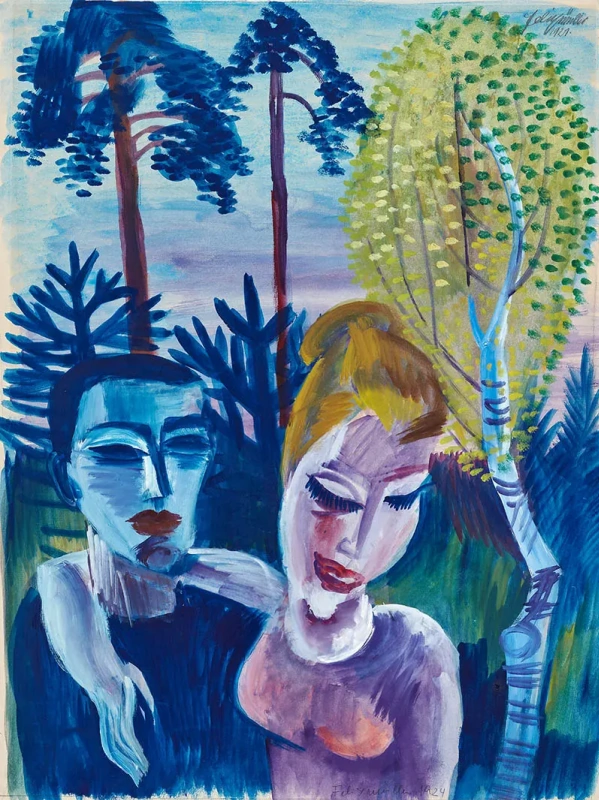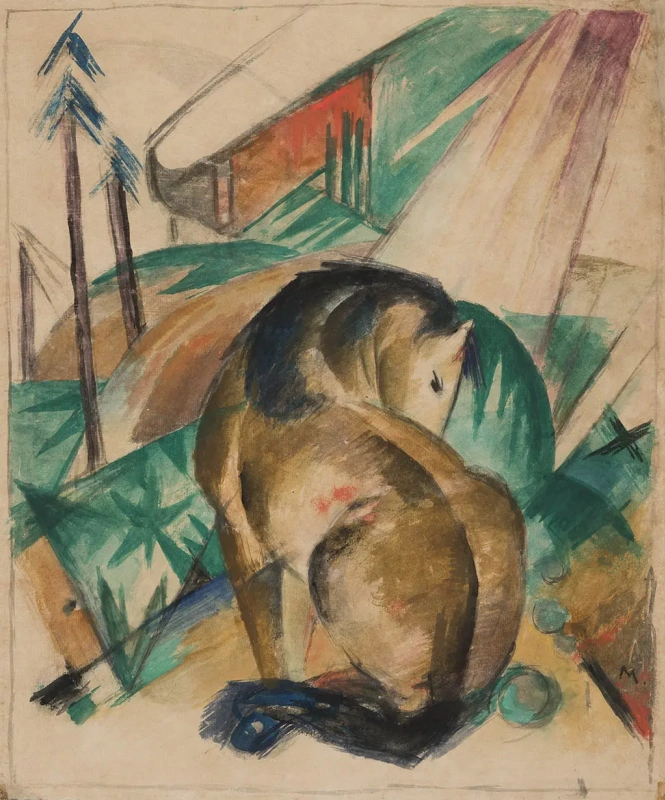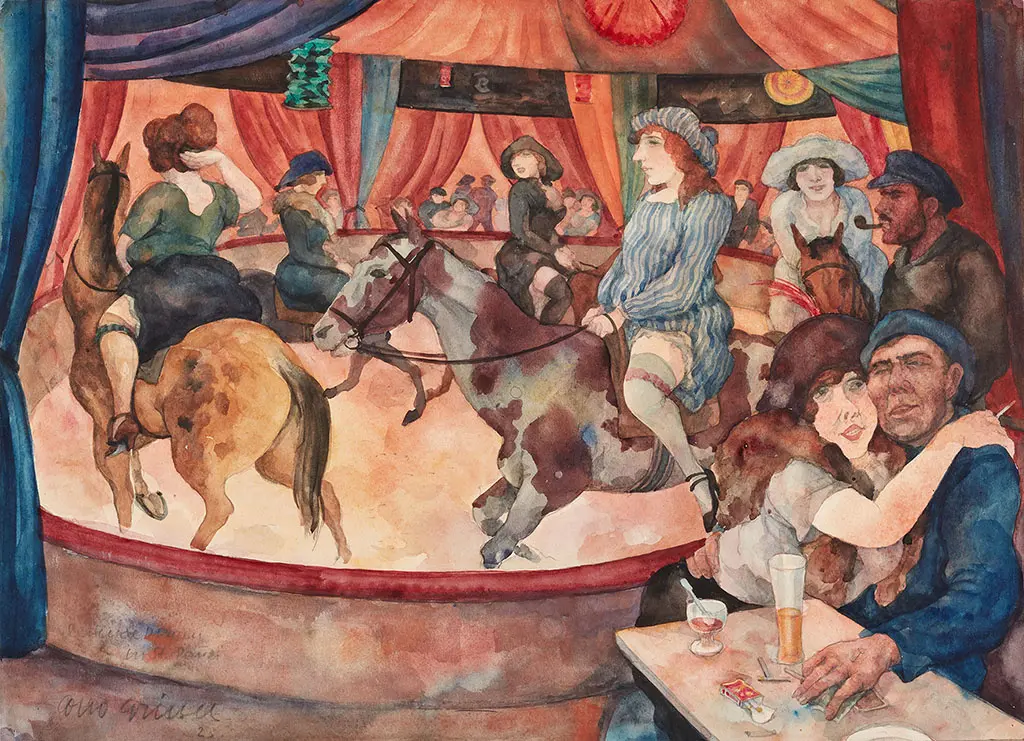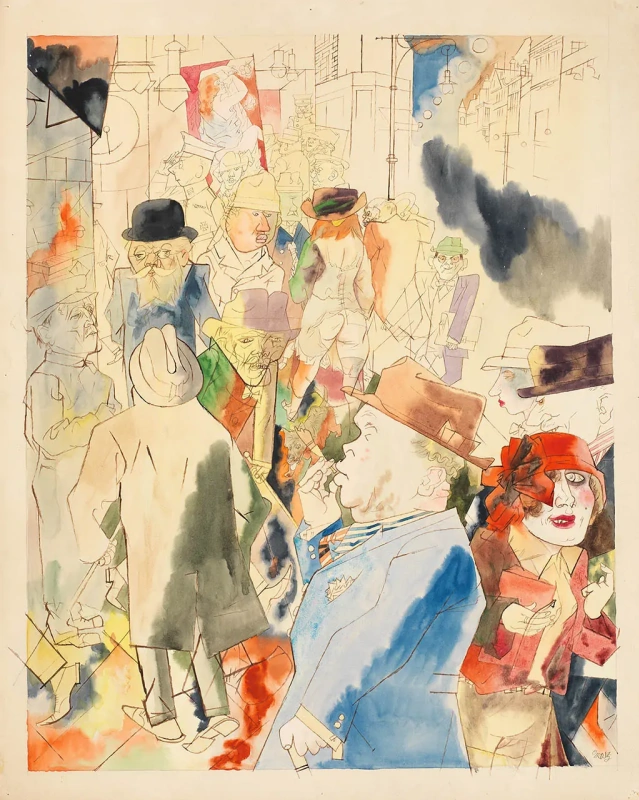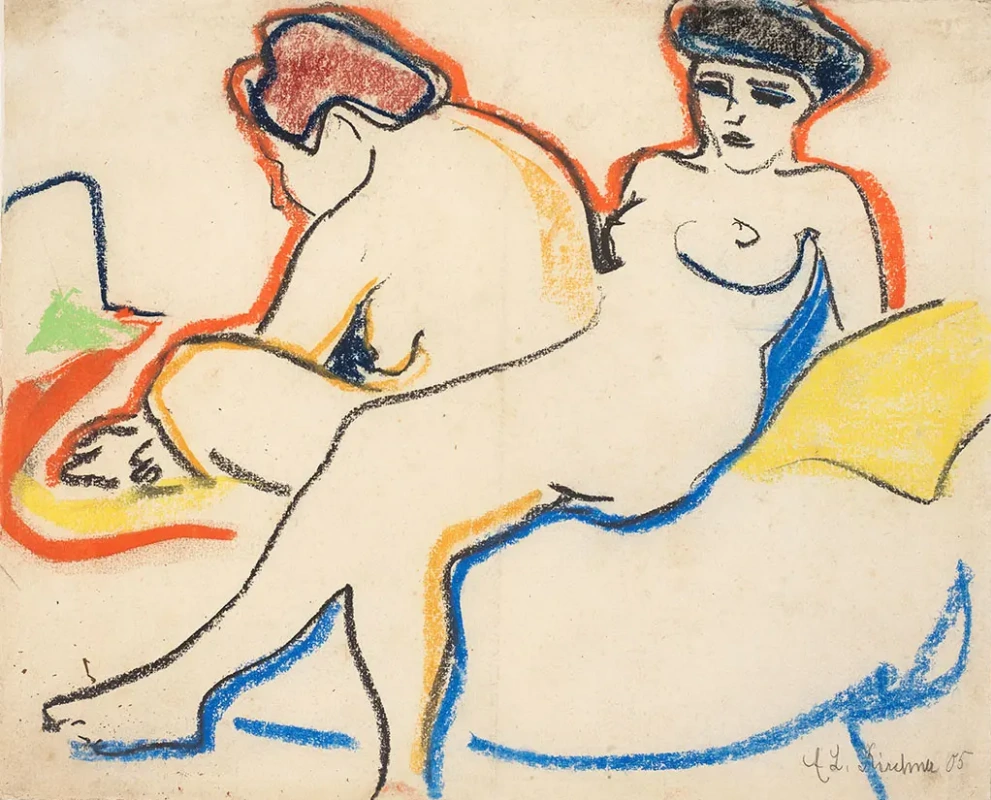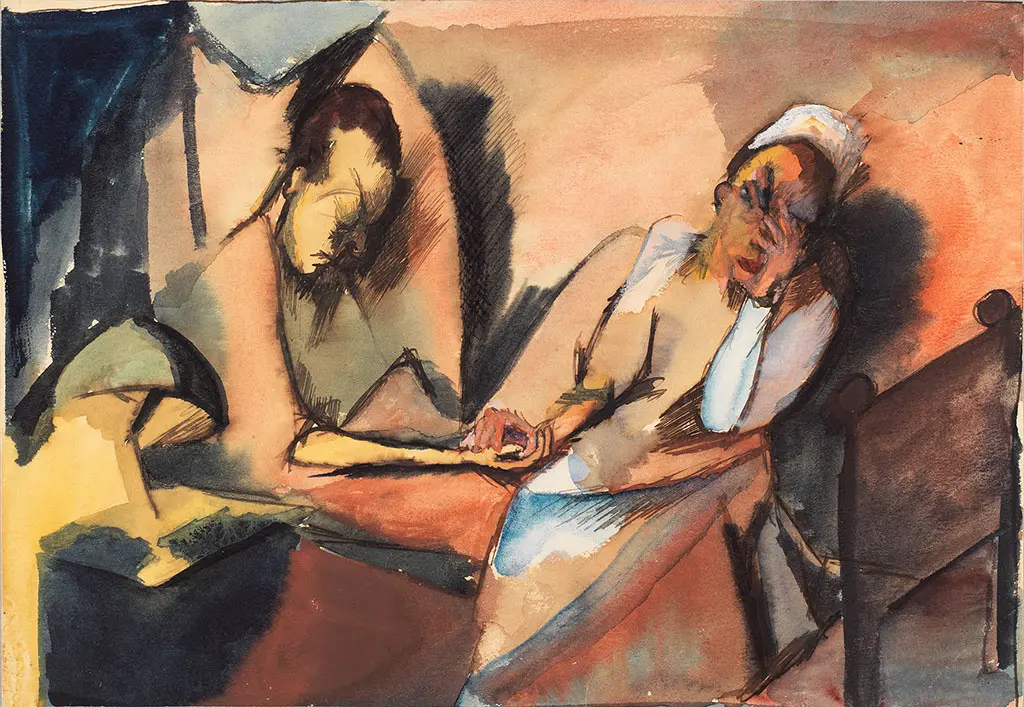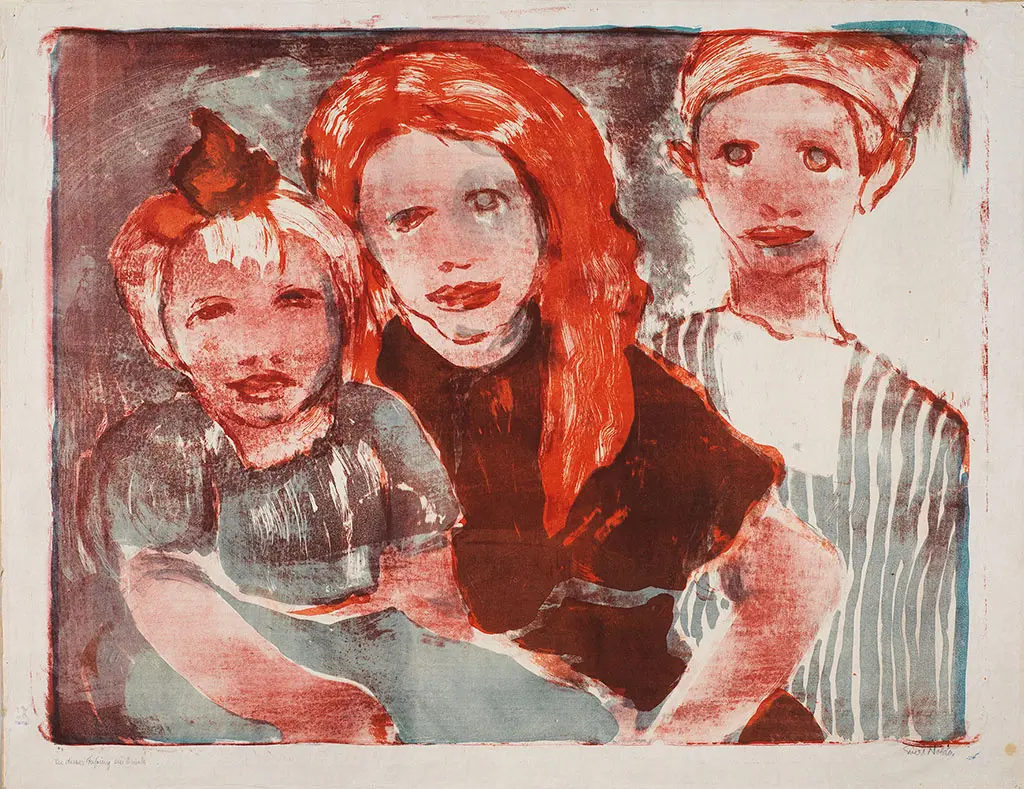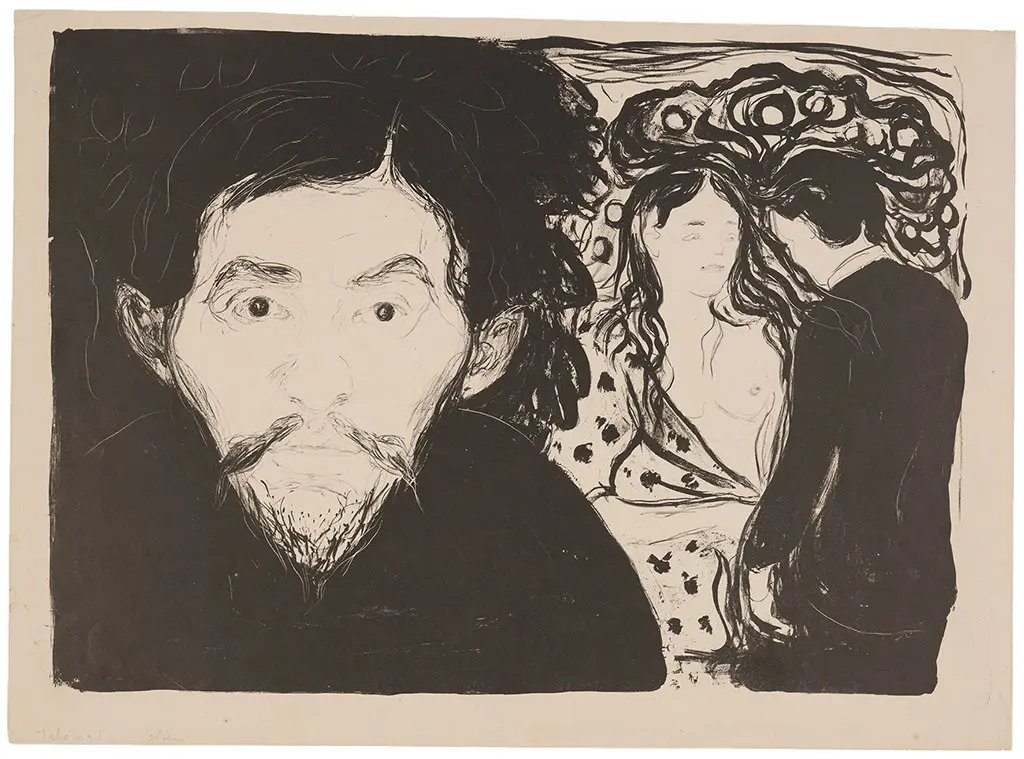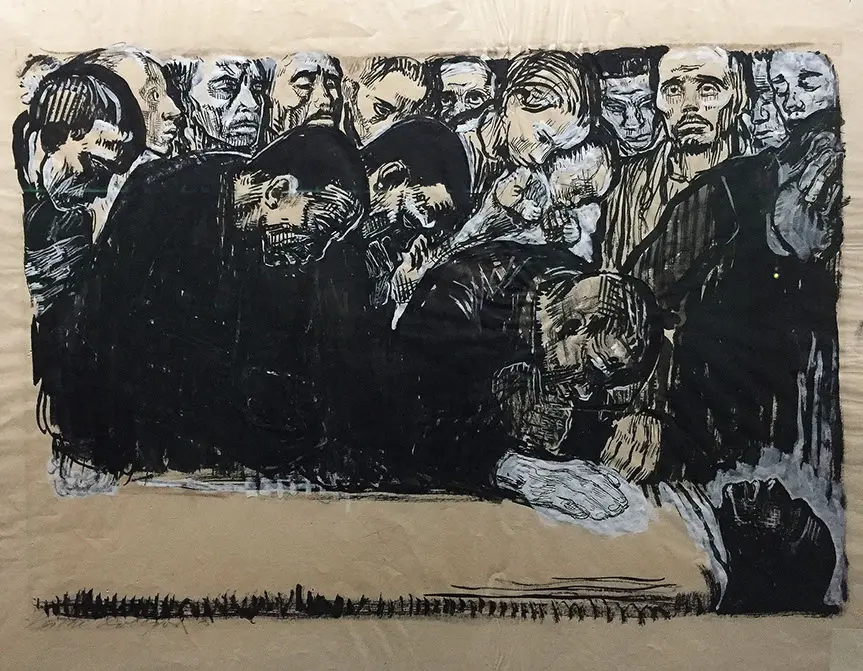More than 200 masterpieces from the Gurlitt Collection are being displayed at the Gropius Bau in Berlin from 14 September 2018 to 7 January 2019. The exhibition Bestandsaufnahme Gurlitt — Gurlitt: Status Report is a follow-up to two displays organized by the Bundeskunsthalle Bonn and Kunstmuseum Bern in 2017−2018 that presented artworks from the Cornelius Gurlitt legacy to the public view for the first time ever.

The "Gurlitt art trove" comprises artworks that were in the collection of Cornelius Gurlitt (1932−2014), son of the German art dealer Hildebrand Gurlitt (1895−1956), employed by the Nazi regime.
The astonishing collection consisting of around 1500 art objects was unknown to the world up until Cornelius was stopped crossing the Swiss border with 9,000 euros in cash in September 2010. The fact that an old man historically had no source of income made the Bavarian Public Prosecutor’s Office suspicious of him trying to evade taxes.
The astonishing collection consisting of around 1500 art objects was unknown to the world up until Cornelius was stopped crossing the Swiss border with 9,000 euros in cash in September 2010. The fact that an old man historically had no source of income made the Bavarian Public Prosecutor’s Office suspicious of him trying to evade taxes.
A police raid on Cornelius' Munich flat in 2012 proved Mr. Gurlitt to be a real phenomenon. Like an ascet, he lived in seclusion for 40 years. Alone in his flat in a modernist apartment block in Munich’s Schwabing district, he had no TV set, never used the Internet, and largely was untroubled by the outside world. He was surrounded by his "only friends" hanging on the walls and standing on the stands — the enormous collection of 1280 artworks, including Picassos, Matisses, Chagalls, Klees, Munchs and many-many others, all worth up to more than 1 billion euros.
The later raid of his second home in Salzburg, Austria discovered 238 more works, including Cézanne, Corot, Gaugin, Liebermann, Manet, Pissaro, Renoir and Toulouse-Latrec. The whole Gurlitt’s collection was confiscated because police believed that many of the works may have been stolen from Jewish owners, or obtained by Hildebrand at rock bottom prices from Jewish collectors fleeing the Nazi regime.
The later raid of his second home in Salzburg, Austria discovered 238 more works, including Cézanne, Corot, Gaugin, Liebermann, Manet, Pissaro, Renoir and Toulouse-Latrec. The whole Gurlitt’s collection was confiscated because police believed that many of the works may have been stolen from Jewish owners, or obtained by Hildebrand at rock bottom prices from Jewish collectors fleeing the Nazi regime.
Cornelius Gurlitt always denied any wrongdoing and repeatedly said he inherited the art collection from his father, Hildebrand. But in 2014 he finally agreed to return any of the paintings that proved to be Nazi-looted art to the descendents of the rightful owners. At the present, 2 paintings by Max Liebermann, a painting by Henri Matisse and one by Camille Pissarro, and a drawing by Adolph von Menzel were restituted to the heirs of their owners.
Cornelius Gurlitt died aged 81 years in Munich in 2014. On the following day of his death, the Kunstmuseum Bern Foundation was informed that Hildebrandt Gurlitt had appointed it as his sole beneficiary in his last will and testament. So, the whole Gurlitt’s collection went to Bern, Switzerland after their 7-month thorough consideration. And now Kunstmuseum Bern does its best to make the artworks known worldwide and search for those families to whom they might once belong.
Cornelius Gurlitt died aged 81 years in Munich in 2014. On the following day of his death, the Kunstmuseum Bern Foundation was informed that Hildebrandt Gurlitt had appointed it as his sole beneficiary in his last will and testament. So, the whole Gurlitt’s collection went to Bern, Switzerland after their 7-month thorough consideration. And now Kunstmuseum Bern does its best to make the artworks known worldwide and search for those families to whom they might once belong.

Christopher A. Marinello, a lawyer who specializes in tracking down looted and stolen art, with the recovered Matisse, "Femme Assise," in Munich, 2015. Credit Wolf Heider-Sawall/Art Recovery, via Agence France-Presse — Getty Images
The exhibition in the Martin-Gropius-Bau not only shows 250 works of art that had disappeared from the scene for decades, but also sheds light on the fate of its politically persecuted authors and previous owners of the artworks. Many of the paintings were seized as ‘degenerate' from German museums in 1937, others may have been unlawfully expropriated from their possessors.
Spanning a wide range of eras and styles — from Northern Renaissance to Impressionism and from Fauvism to German Expressionism — the show presents precious works and provides various documents with an insight into the current state of the investigation of the Gurlitt trove.
Spanning a wide range of eras and styles — from Northern Renaissance to Impressionism and from Fauvism to German Expressionism — the show presents precious works and provides various documents with an insight into the current state of the investigation of the Gurlitt trove.
Shlomit Steinberg, a senior curator of European Art in Israel Museum, says that Hildebrandt Gurlitt, the collector, behaved like a chameleon. He could be a very supportive ally, a victim, and a person that everybody is proud to know at the same time. He maneuvered between these identities depending on circumstances he was put at.
Being appointed as a Museum Director in Hamburg and Zwickau before WW II, Hildebrandt used his official position to built connections with artists and art-dealers to purchase art objects for himself. Being a grandson of a Jewish grandma, he offered his services as an art dealer to the Reich Ministry of Propaganda under Hitler and worked for them for two-and-a-half years. He confiscated art works from jewish collectors whose soirees he attended as a respected guest before. He plundered museums, private collections, archives, and libraries in the territories under German occupation and was supposed to put aside the looted works of art for the collections of the planned "Führer Museum" in Linz on the Danube and for the private collections of Nazi functionaries, for Hermann Goering’s in particular. He lent his skills and expertise to the Commission of the Exploitation of Degenerate Art and should have offered artworks he looted for sale on the international art market, especially via Switzerland, in order to acquire hard currency for Nazis. However, he managed to keep lots of painting, graphic, and sculpture for himself. And even when he got caught up by the so-called Monuments Men in 1945, his lies were so persuasive that he was exonerated from all allegations in the fall of 1947, and with only a few exceptions, all artworks were returned to him.
Being appointed as a Museum Director in Hamburg and Zwickau before WW II, Hildebrandt used his official position to built connections with artists and art-dealers to purchase art objects for himself. Being a grandson of a Jewish grandma, he offered his services as an art dealer to the Reich Ministry of Propaganda under Hitler and worked for them for two-and-a-half years. He confiscated art works from jewish collectors whose soirees he attended as a respected guest before. He plundered museums, private collections, archives, and libraries in the territories under German occupation and was supposed to put aside the looted works of art for the collections of the planned "Führer Museum" in Linz on the Danube and for the private collections of Nazi functionaries, for Hermann Goering’s in particular. He lent his skills and expertise to the Commission of the Exploitation of Degenerate Art and should have offered artworks he looted for sale on the international art market, especially via Switzerland, in order to acquire hard currency for Nazis. However, he managed to keep lots of painting, graphic, and sculpture for himself. And even when he got caught up by the so-called Monuments Men in 1945, his lies were so persuasive that he was exonerated from all allegations in the fall of 1947, and with only a few exceptions, all artworks were returned to him.

Exhibition view of the room displaying artworks stolen by Hildebrandt Gurlitt from the planned "Führer Museum" in Linz on the Danube. The Gropius Bau, Berlin. Photo credit: Bernd Lammel, 2018 © Kunst- und Ausstellungshalle der Bundesrepublik Deutschland GmbH
The collection of Hildebrandt Gurlitt includes works by Auguste Renoir, Edgar Degas, Henri Matisse, Max Beckmann, Otto Dix, Max Liebermann, Emil Nolde, Marc Chagall, Ernst Ludwig Kirchner, Oskas Kokoschka, and many-many others. There are dozens of works on paper among them. They seemed to be especially attractive to Gurlitt, since they were easy to transport.
Mr. Goldmann from the Wall Street Journal recalls a 1964 letter by Renate Gurlitt, Cornelius’s younger sister. He says it contains a rare acknowledgment of her father’s tainted collection. "For us, I sometimes think, his most personal and most valuable legacy has turned into the darkest burden," she wrote her brother. "What we have is locked away in the graphics cabinet or kept behind pinned-up curtains—no one sees it, no one enjoys it."
Nothing stays buried forever, and even the stolen treasures inevitably see the light of day.
The curators from Bern and Bonn sincerely hope that the exhibition Bestandsaufnahme Gurlitt — Gurlitt: Status Report in Berlin will help to find the descendants of the former owners of the artworks, and the masterpieces will come back to family collections, restoring the historical justice.
Mr. Goldmann from the Wall Street Journal recalls a 1964 letter by Renate Gurlitt, Cornelius’s younger sister. He says it contains a rare acknowledgment of her father’s tainted collection. "For us, I sometimes think, his most personal and most valuable legacy has turned into the darkest burden," she wrote her brother. "What we have is locked away in the graphics cabinet or kept behind pinned-up curtains—no one sees it, no one enjoys it."
Nothing stays buried forever, and even the stolen treasures inevitably see the light of day.
The curators from Bern and Bonn sincerely hope that the exhibition Bestandsaufnahme Gurlitt — Gurlitt: Status Report in Berlin will help to find the descendants of the former owners of the artworks, and the masterpieces will come back to family collections, restoring the historical justice.
The exhibition Bestandsaufnahme Gurlitt — Gurlitt: Status Report in the Gropius Bau, Berlin is on from 14 September 2018 to 7 January 2019.
Written on materials of Kunstmuseum Bern, Bundeskunsthalle, Museumsportal-berlin, Berlinerfestspiele, The Guardian, The Wall Street Journal, The Telegraph. Title illustration: Claude Monet. Waterloo Bridge, 1903. Oil on canvas, lined. 65×101.5 cm. Kunstmuseum Bern, bequested Cornelius Gurlitt 2014. Foto: David Ertl © Kunst- und Ausstellungshalle der Bundesrepublik Deutschland GmbH






